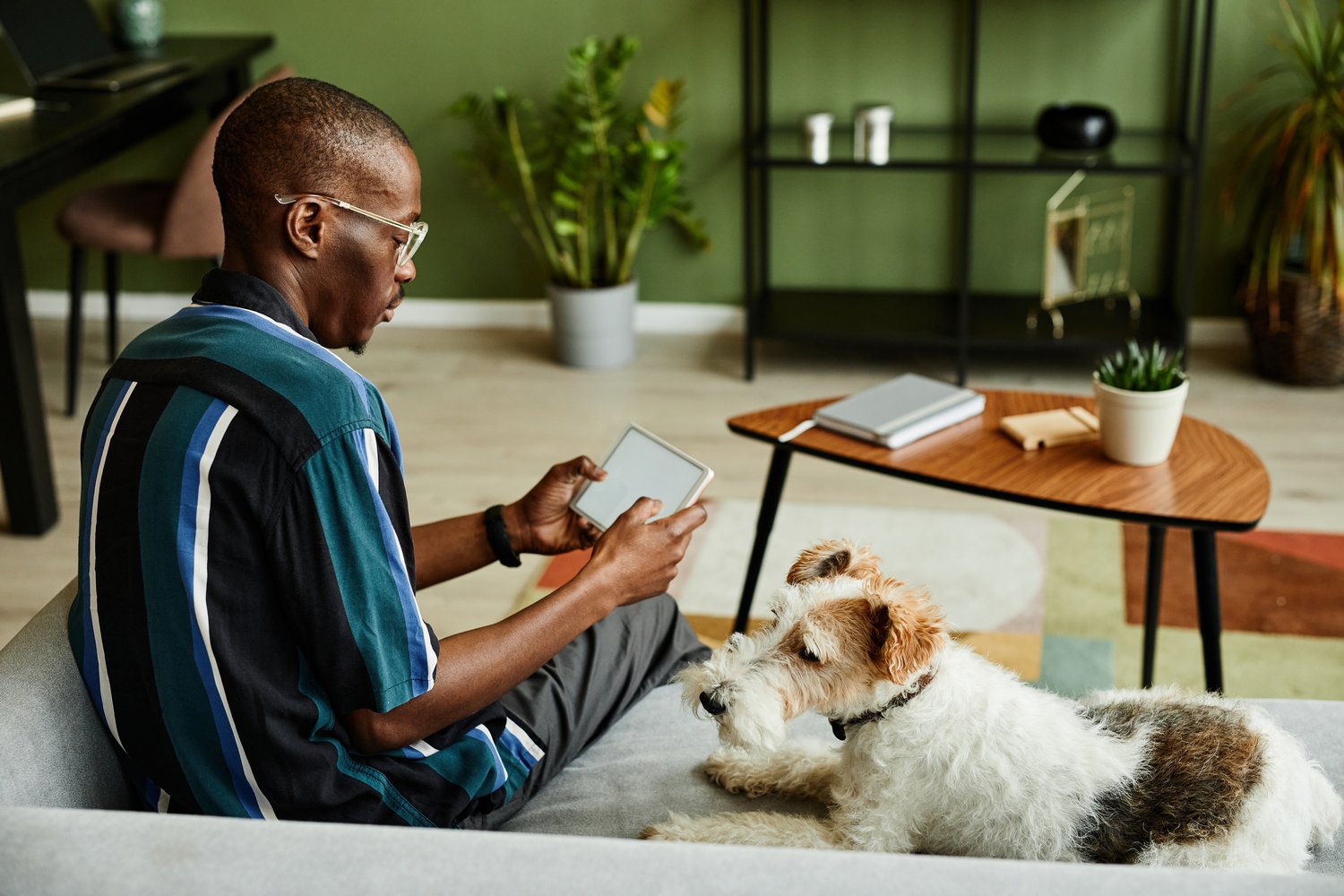Separation anxiety in pets manifests through destructive behaviors, excessive vocalization, and physical symptoms when left alone. Creating a supportive home environment with strategic adjustments can significantly reduce your pet’s stress during your absence. This article explores practical approaches to managing pet separation anxiety through environmental modifications, establishing consistent routines, introducing calming aids, and utilizing engaging toys that provide mental stimulation. These pet separation anxiety solutions can transform your home into a sanctuary that helps your furry companion feel secure even when you’re away.
Understanding Pet Separation Anxiety
Separation anxiety affects numerous pets, particularly dogs, though cats can experience it too. This condition stems from a pet’s intense attachment to their owner, causing distress when separation occurs. The signs vary from mild to severe, including destructive chewing, inappropriate elimination, excessive barking or meowing, and even self-harm in extreme cases. Before implementing home environment changes, it’s crucial to distinguish true separation anxiety from boredom or insufficient training. If your pet exhibits severe symptoms or self-injurious behavior, consulting with a veterinarian is essential to rule out medical issues and potentially obtain professional behavioral guidance. Creating a calm dog anxiety home environment starts with understanding the root causes of your pet’s distress.
Creating a Safe Space for Anxious Pets
Establishing a dedicated retreat for your pet provides security when you’re absent. This safe haven should be comfortable, familiar, and associated with positive experiences. Select a quiet area in your home away from external stimuli like street noise or passing pedestrians that might trigger anxiety. Furnish this space with your pet’s favorite bed, toys, and items carrying your scent, such as a worn t-shirt or blanket. The familiar smell provides reassurance in your absence. For dogs, crate training can be beneficial when implemented properly—the crate becomes a den-like sanctuary rather than perceived punishment. Creating safe space for anxious pets involves gradual introduction to this area during positive interactions, slowly conditioning them to view it as a comfort zone rather than a signal of abandonment.
Environmental Enrichment and Modification
Environmental enrichment plays a vital role in managing separation anxiety. Background noise from a television or radio can mask triggering outside sounds and provide comforting company. Consider playing calming pet-specific music or nature sounds designed to reduce anxiety. Temperature control is often overlooked but important—ensure your home remains comfortable during your absence, as temperature extremes can compound stress. Some pets find comfort in tight-fitting garments like anxiety wraps or thundershirts, which apply gentle pressure similar to swaddling. Window treatments should be adjusted strategically: some pets benefit from seeing outside activity while others become more anxious, so observe your pet’s preferences. These modifications create a comprehensive approach to calming pets when home alone.
Establishing Consistent Routines
Pets thrive on predictability, making consistent routines powerful tools against separation anxiety. Establish regular times for feeding, walks, play, and departures to help your pet anticipate daily patterns. Practice “departure cues” without actually leaving—pick up keys or put on shoes, then remain home to desensitize your pet to these anxiety triggers. Implement a calm departure and arrival process, avoiding emotional goodbyes or overly excited greetings that reinforce the significance of your comings and goings. Gradually increase alone time, starting with brief absences and extending the duration as your pet shows improvement. Consistency helps pets develop confidence that you’ll return, reducing their anxiety during separations.
Puzzle Toys and Mental Stimulation
Mental engagement serves as a powerful distraction for anxious pets. Puzzle toys for dogs cats provide productive outlets for energy and anxiety while you’re away. These interactive devices dispense treats or food as rewards for solving problems, keeping your pet mentally stimulated and focused on something positive rather than your absence. Food-dispensing toys can be filled with favorite treats, frozen for longer-lasting entertainment, or stuffed with meals to slow consumption and extend engagement. Rotating toys prevents boredom, while new challenges maintain interest. Some pets enjoy electronic toys that move unpredictably or distribute treats at intervals. Strategic toy presentation just before departure creates positive associations with your leaving routine.
Professional Support and Technology Solutions
When home environment adjustments prove insufficient, professional intervention might be necessary. Certified animal behaviorists can develop customized treatment plans for severe cases. AskHomey can help connect you with reputable behavioral specialists in your area who specialize in anxiety issues. Modern technology offers additional support through pet cameras that allow two-way communication and even treat dispensing, helping you monitor and interact with your pet remotely. Some devices track anxiety behaviors, providing valuable data for treatment assessment. For pets with severe anxiety, veterinarian-prescribed medications or supplements might complement environmental modifications as part of a comprehensive treatment approach.
Patience and Consistency: The Foundation of Success
Addressing pet separation anxiety requires patience, as improvement typically occurs gradually rather than overnight. Maintain consistent implementation of your chosen strategies while documenting progress to identify effective techniques. Celebrate small victories, acknowledging that setbacks are normal parts of the journey. Continue reinforcing positive behaviors while adjusting your approach based on observed results. With time and consistency, most pets show significant improvement in their ability to handle separation comfortably.
For more tips and to connect with reliable home service professionals, follow AskHomey on Facebook and Instagram.



